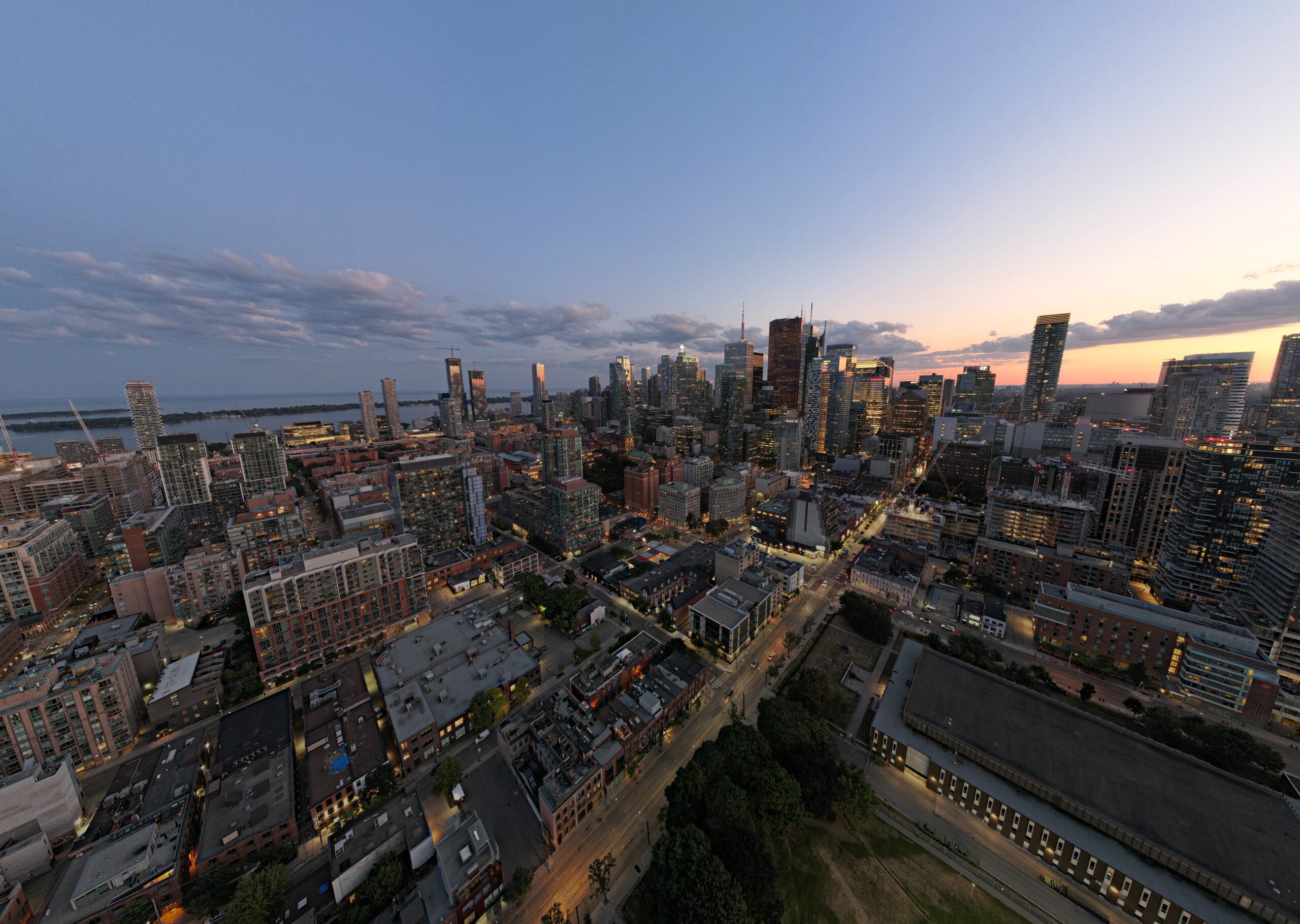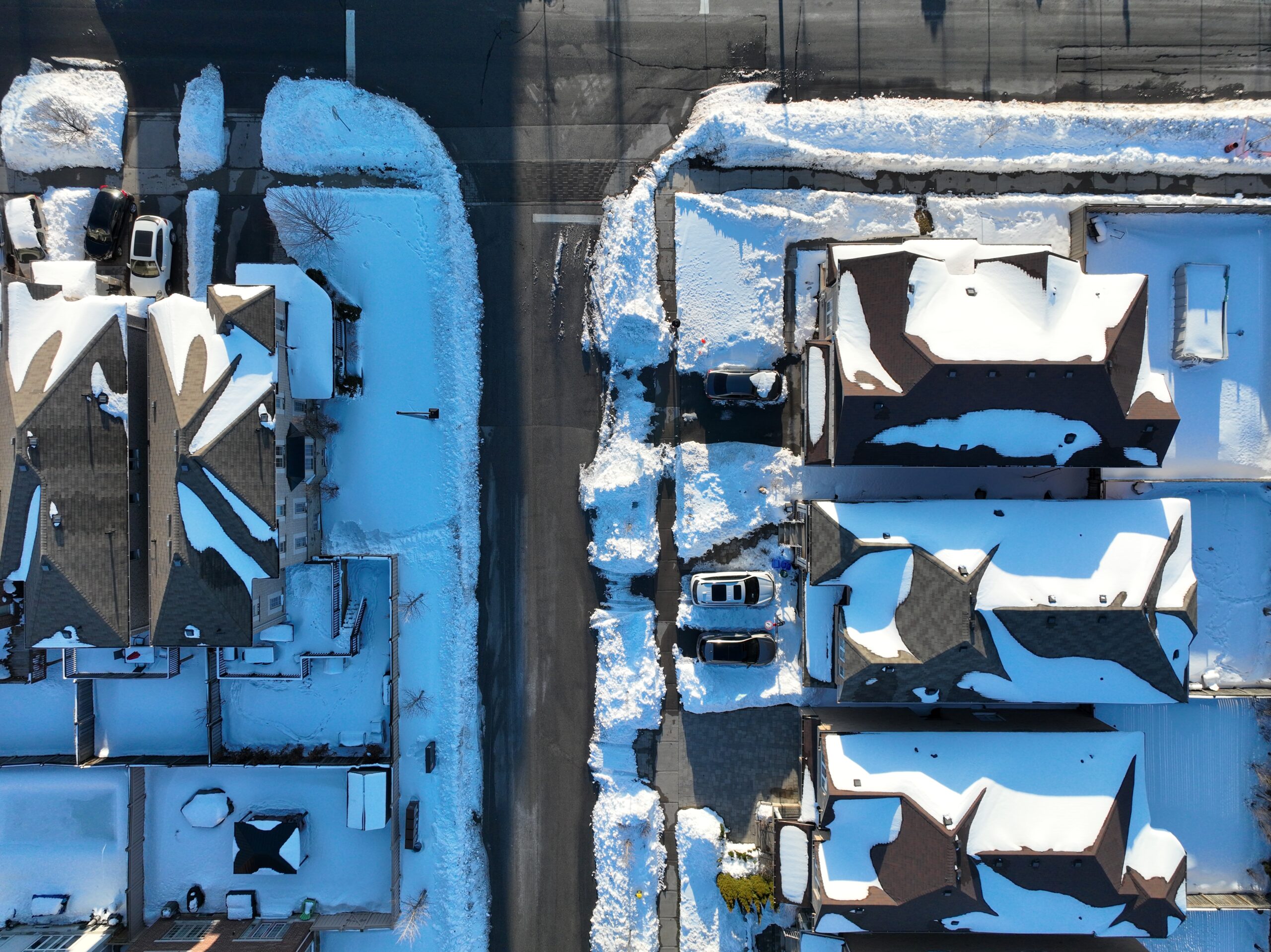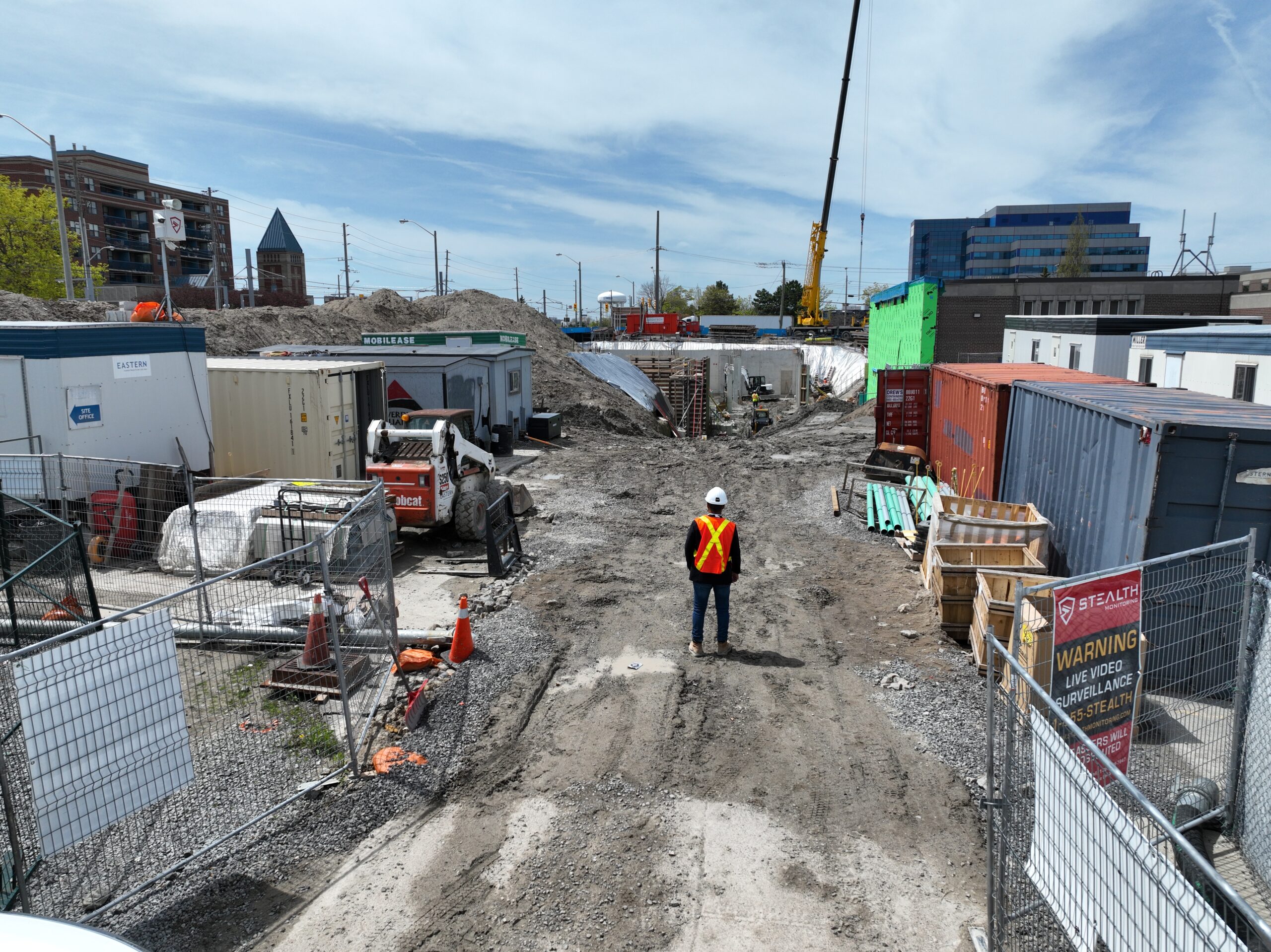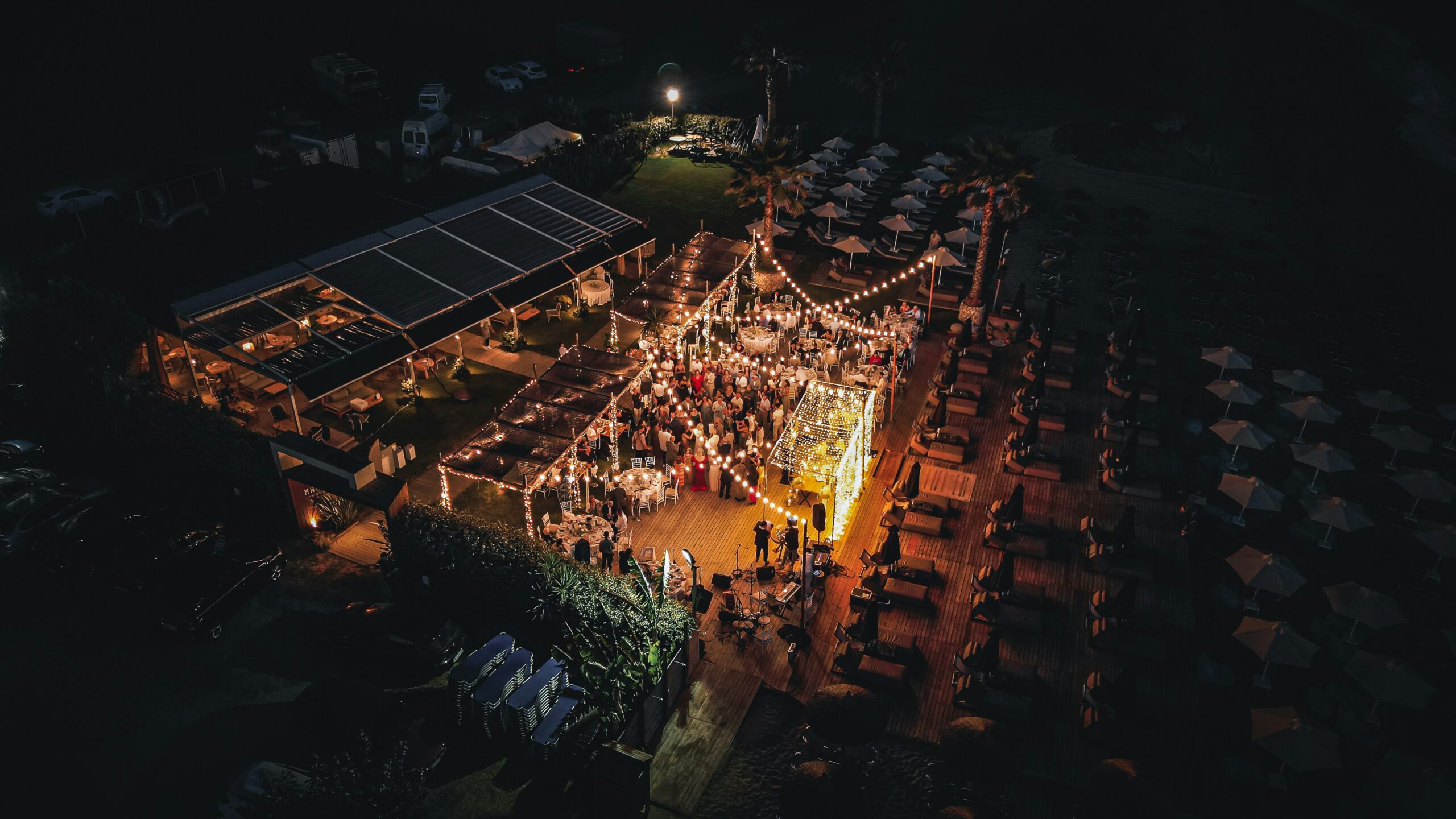When you see a stunning aerial shot that captures the essence of a property, an event, or a natural landscape, it’s easy to admire the beauty of the image without considering the extensive preparation and expertise that goes into creating that perfect shot. As a certified drone operator with an Advanced License from Transport Canada, I want to take you behind the scenes to show you just how much work and detail goes into each client shoot. From meticulous planning to the execution of the flight, every step is crucial in ensuring that the final product is nothing short of exceptional.

The Path to Advanced Certification
Before I even take to the skies, it’s important to understand the rigorous certification process that allows me to fly a drone professionally in Canada. The Advanced License from Transport Canada is no ordinary certification; it requires an in-depth understanding of various aeronautical principles, regulations, and safety protocols. To obtain this certification, I had to study a range of textbooks that cover everything from meteorology to air law. The process culminates in a series of challenging online exams that test both theoretical knowledge and practical skills.
Once certified, I’m authorized to fly drones in controlled airspace, fly closer to bystanders, and even operate at night. However, with this advanced certification comes great responsibility, which is why every flight is meticulously planned and executed to ensure the highest standards of safety and quality.
Site Survey: The Foundation of a Successful Shoot
One of the first steps in preparing for a drone shoot is conducting a comprehensive site survey. This involves visiting the location ahead of time to assess various factors that could affect the flight. During the survey, I take note of the terrain, potential obstacles (such as trees, buildings, and power lines), and the surrounding environment. I also consider the weather conditions, which can greatly impact drone performance and the quality of the footage.
The site survey is not just about identifying potential challenges; it’s also about finding the best angles and perspectives to showcase the subject. I explore different vantage points and plan the flight path to ensure that the drone captures the most compelling visuals. This level of preparation is essential for creating the high-quality content that my clients expect.
Airspace Authorization and Communication
Flying a drone in Canada is not as simple as launching it into the sky. For most locations in the GTA, especially those near airports or heliports, I need to obtain authorization to use the airspace. This involves submitting a request to Transport Canada and coordinating with nearby airports or heliports to ensure that my drone operations do not interfere with manned aircraft.
Communication is key in this process. I need to establish contact with the control towers of any nearby airports or heliports, providing them with details about the flight, including the location, altitude, and duration. This ensures that all air traffic controllers are aware of the drone’s presence, minimizing the risk of any potential conflicts. It’s a level of coordination that adds another layer of safety and professionalism to the shoot. When flying near hospital heliports, I coordinate with their heliport managers to ensure my drone flight does not interfere with their heliport or medical operations. This involves adjusting to their schedules and maintaining communication throughout my flight.

Professional Insurance and Risk Management
Every site I operate on is fully insured, providing peace of mind to my clients and ensuring that any unforeseen incidents are covered. This professional insurance is not just a legal requirement; it’s a crucial aspect of risk management that protects both the client and myself from potential liabilities. The insurance covers various scenarios, including damage to property, injuries, or any issues that may arise during the flight.
Flight Planning: Takeoff, Landing, and Camera Settings
Once all the logistical preparations are complete, the next step is planning the actual flight. This involves selecting the safest and most practical takeoff and landing points. These locations must be free of obstacles and provide a stable surface for the drone to operate.
Camera settings are also carefully adjusted to suit the specific needs of the shoot. Whether it’s adjusting the ISO for optimal exposure or selecting the right frame rate for smooth video, every detail is considered to ensure that the footage is of the highest quality. Additionally, I take the time to plan the flight path, ensuring that the drone captures the subject from the best possible angles.
Final Preparations: Flight Checklist and Gear Maintenance
Before the drone takes off, I go through a comprehensive flight checklist to ensure that everything is in order. This checklist includes:
- Checking the weather conditions and wind speed
- Inspecting the drone for any signs of wear or damage
- Ensuring that the batteries are fully charged and the firmware is up to date
- Verifying that the GPS signal is strong and that the drone’s compass is calibrated
- Ensuring I have all necessary approvals to fly in the airspace
- Ensuring the area around me is safe for drone operation and that I am fit to fly
Maintaining the gear is also a critical part of the preparation. Regular maintenance checks are conducted to keep the drone and its components in top condition, minimizing the risk of technical issues during the flight.
Capturing the Perfect Shot
With all the preparations complete, it’s time for the drone to take flight. However, even during the flight, the work doesn’t stop. I’m constantly monitoring the drone’s performance, adjusting the flight path, and tweaking camera settings to capture the perfect shot. The result is a set of visuals that not only meet but exceed the client’s expectations.
Conclusion: Elevating Your Project with Professional Drone Services
When you choose my drone services, you’re not just hiring someone to fly a drone; you’re partnering with a professional who is dedicated to delivering the highest level of service and quality. From the initial site survey to the final shot, every step is carefully planned and executed to ensure that your project is a success.






